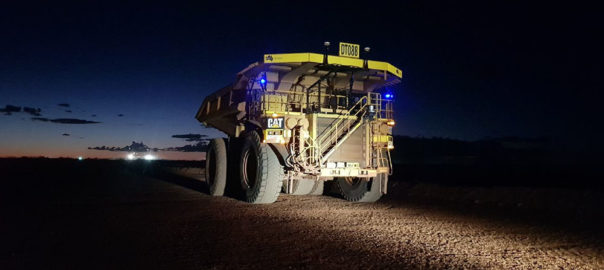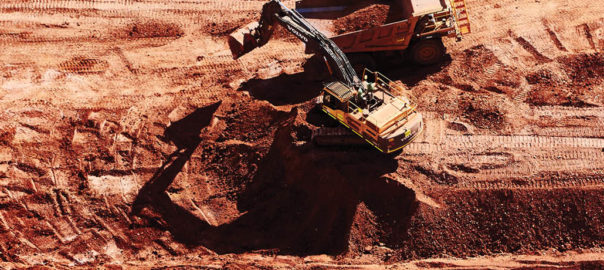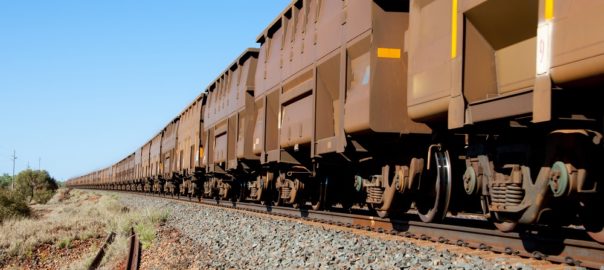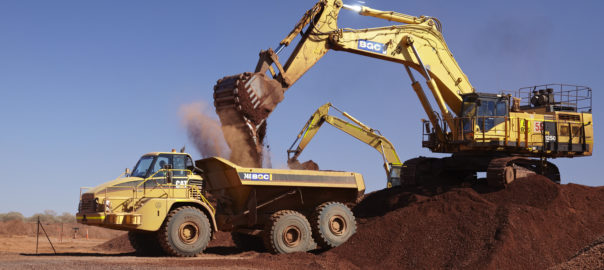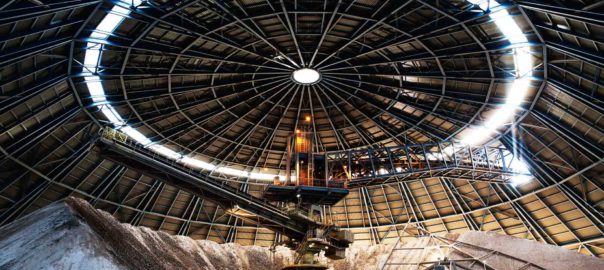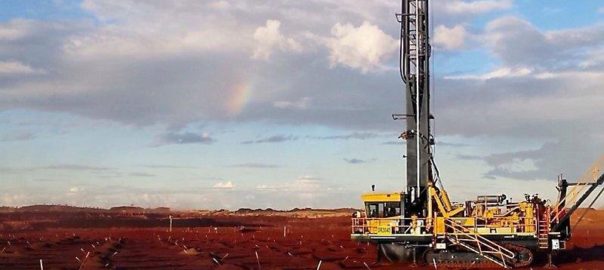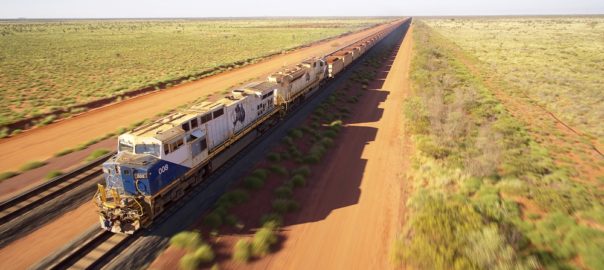Rio Tinto says it has awarded a contract worth close to A$30 million ($21 million) to Onsite Rental Group to provide ancillary and light mobile equipment (LME) over the next three years to the iron ore division’s Pilbara mines and Coastal operations.
Onsite is established in the Pilbara and will provide on the ground support through its offices in Karratha, Tom Price, Newman and Port Hedland, as well as its office in Perth, Rio said.
“The equipment will support maintenance activities across Rio Tinto Iron Ore’s Pilbara mines and Coastal operations and includes access platforms, telehandlers, lighting towers and generators,” the miner added.
Onsite has committed to provide local employment opportunities, boost indigenous engagement, deliver apprenticeships and training, as well as establish diversity programs, according to Rio.
Rio Tinto Iron Ore Managing Director Supply Chain Services, Ivan Vella, said: “Rio Tinto’s procurement practices, and those of our contractors, play a significant role in the creation of sustainable and resilient communities, including job opportunities for local people, which ultimately benefits the communities where we operate.”
Onsite Rental Group Managing Director, Mike Foureur, said the company plans to increase local employment, particularly for service technicians based out of Newman and Tom Price, to service this contract.
“We will work closely with Rio Tinto to align, commit and grow local content and indigenous participation through partnering and supplier opportunities within the Pilbara region,” he said.









